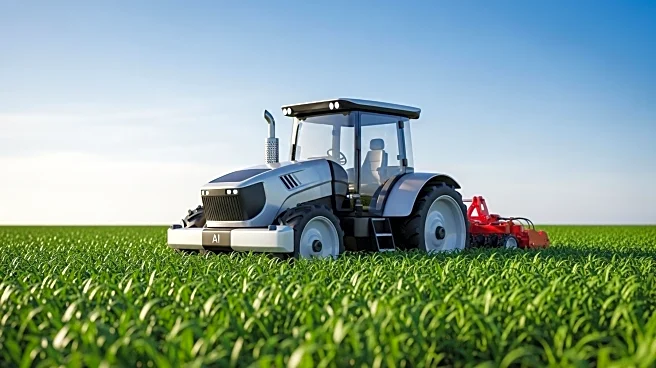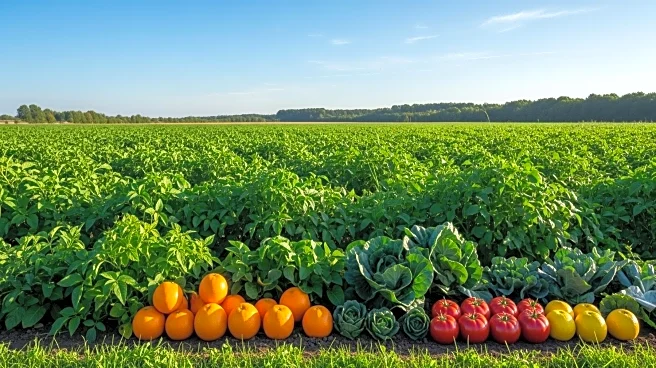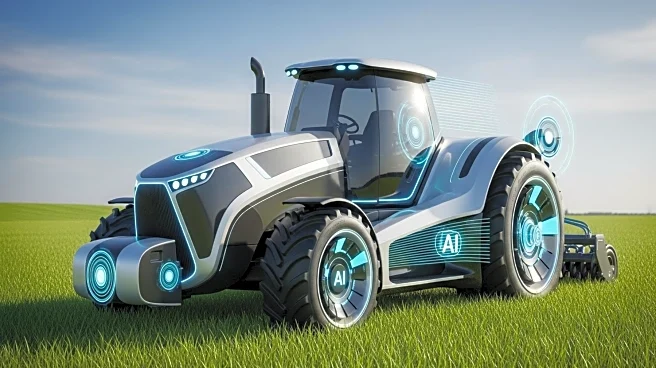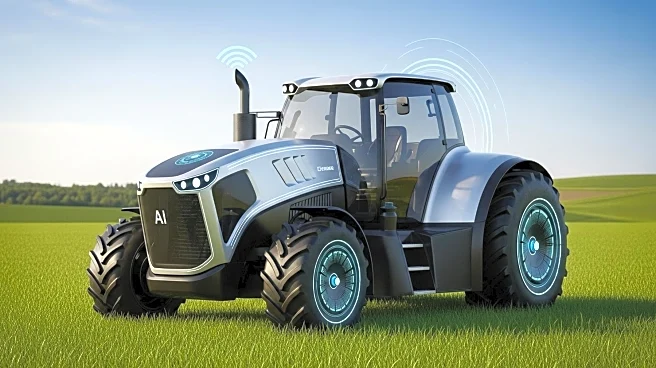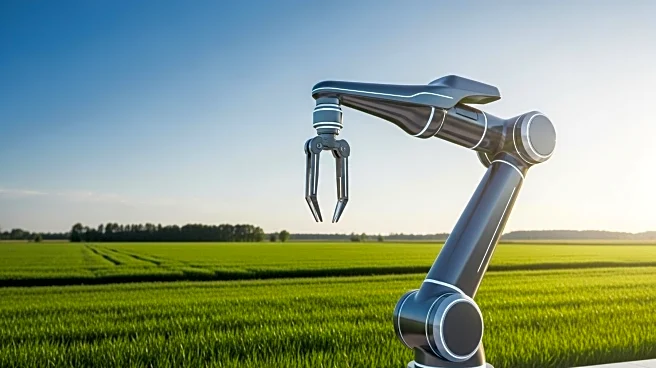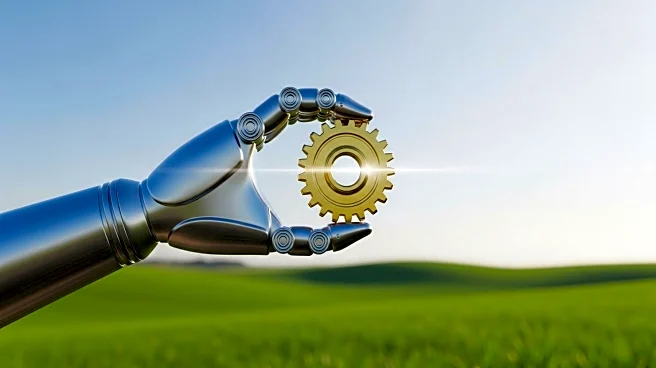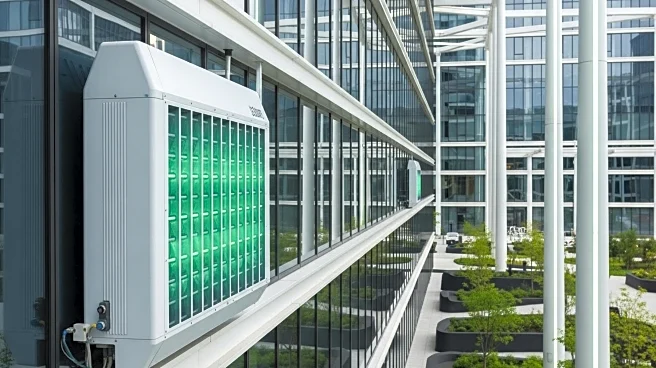What's Happening?
CNH is leveraging artificial intelligence (AI) to transform agricultural practices, addressing challenges such as limited farming land, climate change, and labor shortages. AI systems on CNH combines, tractors, and sprayers make real-time decisions to optimize inputs and improve productivity. Technologies like SenseApply™ sprayer automation use machine vision to apply treatments precisely, reducing herbicide use and increasing annual productivity. Francesca Protano, Head of Technology Strategies and Product Innovation at CNH, highlights AI's role in making farming smarter and more sustainable. Dr. Dennis Buckmaster from Purdue University provides insights into how AI and connectivity are shaping the future of agriculture.
Why It's Important?
The integration of AI in agriculture is crucial for enhancing efficiency and sustainability in farming practices. By optimizing resource use and improving yields, AI technologies can help farmers overcome challenges posed by climate change and labor shortages. This transformation is significant for the U.S. agricultural sector, which faces increasing pressure to produce more with fewer resources. The adoption of AI-driven solutions can lead to more sustainable farming practices, potentially reducing environmental impact and ensuring food security.
What's Next?
As AI continues to evolve, its application in agriculture is expected to expand, offering new solutions for precision farming and resource management. Stakeholders in the agricultural industry, including farmers, technology developers, and policymakers, will likely explore further integration of AI to enhance productivity and sustainability. Continued investment in AI technologies could lead to more innovative farming practices, potentially transforming the agricultural landscape.
Beyond the Headlines
The ethical implications of AI in agriculture include concerns about data privacy and the potential displacement of traditional farming jobs. As AI systems become more prevalent, there will be a need to address these issues to ensure equitable access to technology and protect the livelihoods of farmers.

